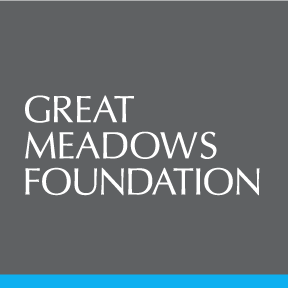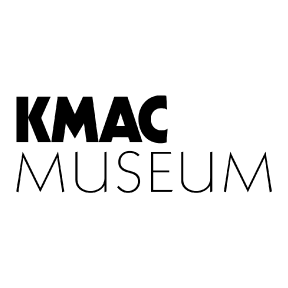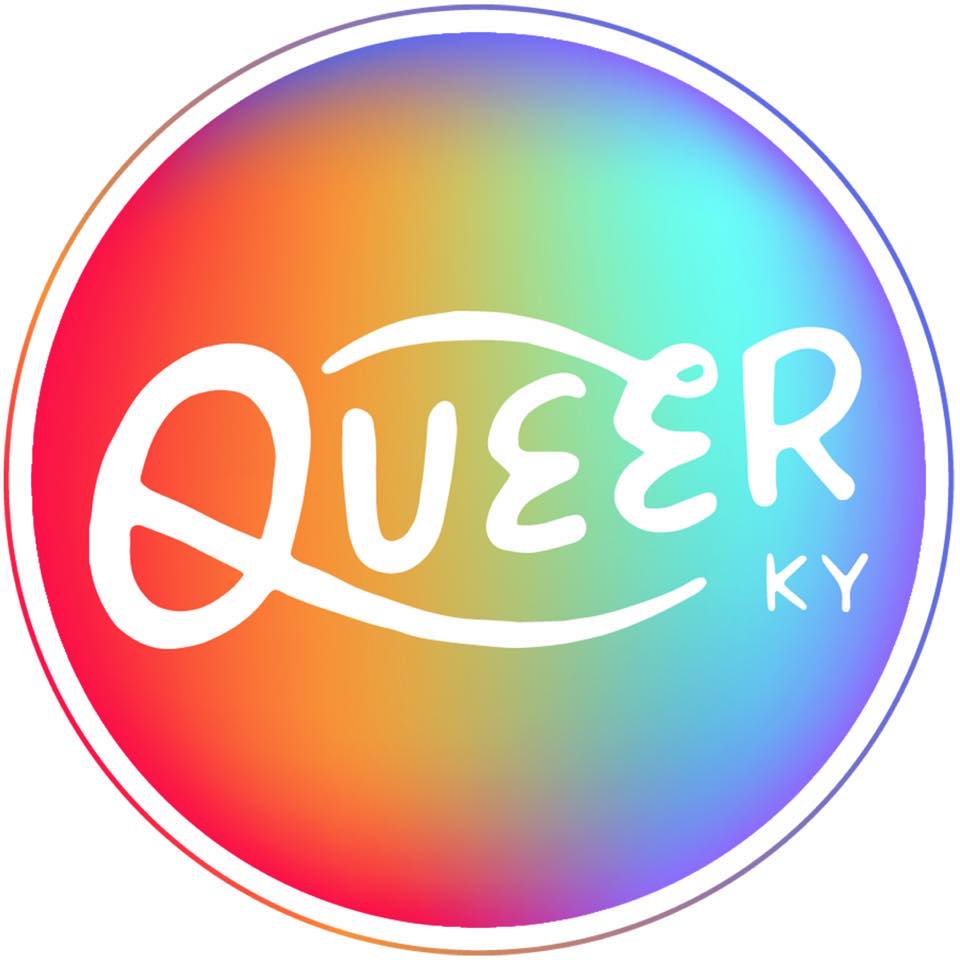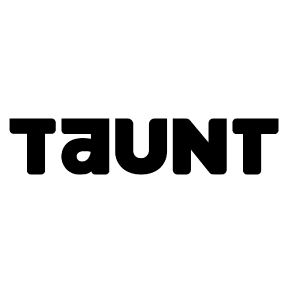

ABOVE: (front) Park Soonaea, Headspace, 2022. Installation at KMAC Contemporary Art Museum. All photos courtesy of KFAI.
Moon-he Baik
Q&A
Kenneth L. Woods
Moon-he Baik was born and raised in Seoul, Korea, then moved to the U.S. after college, and has been an Interior Design educator since 1989. Baik likes to describe herself as a visual artist who has a passion for fiber arts. She loves to engage her creation into functional art, creating wearable art ranging from clothing to accessories. She likes to work with sustainable materials such as papers and natural or recycled fibers. Her subject matter evolves from two different cultural backgrounds, Seoul, Korea and Louisville, Kentucky. She considers these two places home and these two cultures strongly reflect her use of materials and content of her work
This interview has been edited for length and clarity and was conducted before her trip to Venice, Italy.
Kenneth Woods: I found it interesting that you started as an interior designer! That must mean you have an eye for space and placement. How has this played into the fiber art you create?
Moon-he Baik: I have been an interior designer for over thirty years. I taught in the University of Louisville’s Interior Design Department for thirty years and I retired two years ago. I always had an interest in art, especially fiber arts, so I thought, “Okay, I’ll just make art.” It ended up getting bigger than I thought, especially since I am self-taught. Art and design are intertwined together. I like to do a lot of installations, and I like to play with space more than 2-D. That may just be me bringing my interior design background into the fine arts world.
KW: How did you go from being self-taught to having a show in South Korea?
MB: My students ask me all the time, “I can’t draw, can I still be a designer?” I always say that it’s not the talent, but the motivation that takes you somewhere. Talent is the cream on top, but motivation will take you everywhere. If I did it, you can do it. In this day and age, there’s really nothing you can’t do.
KW: You consider South Korea and the U.S. your home. How do the fiber artists in both countries differ from one another and what are some similarities?
MB: There are definitely differences and similarities. Every country has their own form of patchwork. In America, there are patchwork quilts, while Korea has its own form similar to patchwork called bojagi. People took smaller pieces of cloth and patched them together to make a longer form. In the past, Korea had a big silk industry and the natural fibers were woven together. Over time it evolved from a practical need to a form of art. The bright colors are what make bojagi stand out in Korea. As far as similarities, I believe every country has its own style of patchwork art that was born out of a need to stitch smaller pieces of fabric into a fully functional larger piece of cloth.
KW: You are the director of the Korea Fiber Art Forum. Tell us more about this collective and some goals you have for it.
MB: There’s an organization called Korea Bojagi Forum, and I submitted one of my works for an exhibit of theirs in 2018. The president of the organization reached out to me for help because it was an international show and they needed someone who spoke English. I said yes without knowing what I was getting myself into. I thought I would only be helping for a few days, but ended up with a lot of responsibility. Although I worked as a coordinator for the Bojagi Forum, I’m not a bojagi artist. I consider myself to be a visual artist, not even just a fiber artist. Bojagi is a traditional craft; a lot of artists use the style and make it their own, but it can still be rather limiting. A couple of the other artists and I were talking and realized that we wanted to create artwork that fell under the umbrella of fine arts. The Korea Bojagi Forum wanted to remain the same, so the other artists and myself decided to create our own organization and called it the Korea Fiber Art Forum.
We started talking about this in 2019, and last year our non-profit was officially formed. I am one of three directors for this organization, and it is based in South Korea. Last year was our first Biennale, and it was sponsored by the city of Suwon, a city that is comparable in size to Louisville, Kentucky. They gave us the Suwon Museum of Art, which is a 20,000 square foot art venue. We had almost 200 international artists involved in the Biennale and four artists from Louisville were invited to the Forum in Korea. This was important because our mission is to introduce Korean fiber arts internationally, and because Louisville is my home, one of my goals is to bring Louisville art into more of an international scope. We wanted to support local artists from both South Korea and Louisville because this could allow them to make more connections and benefit each other.
The initial vision for this Biennale is to host it in South Korea every two years, and each year in between will be held internationally; the first international show being Louisville. I recruited six art spaces in Louisville because we had so much work. I could have reduced the amount of work to bring it to Louisville, but I wanted it to spark something in the city, and I just loved the thought of everybody coming together. Amazingly, all the galleries agreed to it! I had KMAC Museum, Louisville Metro Art, Louisville Visual Art, Asia Institute Crane House, Hite Art Institute, and 21c Museum Hotel.
I realized that I was going to have to create my own organization, because the Korea Fiber Art Forum is based in Korea and everything is run through there. I wanted to get things going over here, so I decided to create a sister organization called the Korea Fiber Art International, and I serve as its President. We actually received notification of the 501(c)(3) status as all of this was going on. I honestly had no idea what I was doing since I don’t come from this space, but I think that worked out for me. If I had known what I was doing and all of the work it would take, I probably would have backed off. I was so naive, I just thought, “Well, we’ll do it!”
As we were conducting our exhibit in Korea, something amazing happened: We were invited to the Venice Biennale!
KW: Congratulations! How did that opportunity come about?
MB: Right before the Korea Fiber Art Biennale, there was a World Heritage Festival art show that was held in a residential area full of traditional Korean houses. Every year they have art shows and the Bojagi Forum was invited to participate. We did a large installation inside of a house and one in the yard. It quickly became the hot spot and the photo zone because it was so eye-catching. The fact that it was windy and the installation was moving with the wind made it very popular with visitors. Right after that, it was time for our own Biennale at the Suwon Museum of Art and it was received very well. It was around that time that we got the invite for Venice through the director of the art collective Nine Dragon Heads, who has the South Korean Art Pavilion in Venice. This May, I’ll be in Venice to workshop and select a site for the artwork for both the interior and exterior installations. The installation will take place in 2024, which happens to be the 60th Venice Biennale. Because of this, we have decided to push our own Biennale to 2025.
KW: The theme of this year’s Biennale was “From Birth to Death” and you had works from about 120 global artists. Did any of the artists approach the theme in a way that surprised you?
MB: One of the premises for this Biennale was that there had to be the presence of some sort of a Korean concept. Some artists really got into it, they did their homework and everything, while there were some who didn’t. When I invited the Louisville Area Fiber and Textile Artists (LAFTA) and told them the work had to have a Korean concept, they panicked. They needed help, so I did an hour-long lecture via Zoom, and they were still panicking, but they did so well! They really did their homework! There were so many unique approaches!
KW: You have received quite a bit of support from the community with regards to this event. What are some things you are hearing from people who went to the galleries and interacted with the work?
MB: I’m hearing that it was an eye opener for folks in the Louisville art community. I think it made people aware that artists in other countries do similar things, it expanded people’s vision. There were a lot of people who really liked the work as well. I have heard nothing but positive things, I don’t know what negative things you could get out of an event like this.
It’s almost like I never retired. It was work, but it was fun, and I appreciate all of the partners who joined me in this work. I’m already getting questions from curators about whether we will do this again in a few years; we’ll see. This isn’t supposed to be a one-and-done type of event; that’s not what this was for. I have some really cool ideas for the future, but I won’t speak on them until they actually happen.
KW: What are some things you hope people take away from the exhibit?
MB: If people can walk away asking what are the differences and similarities between different cultures, I think that’s a big step. With so much going on in this society, I hope that people and cultures begin to understand one another. That can be done by just looking at art; I believe art is the best medium for understanding between people. It’s the best form of communication.

Baik Moon-he, Story of My Life, 2022. Installation at Cressman Center for Visual Arts.
 Choi Insook, Petroglyph Pattern Series, 2020-2022. Installation at Cressman Center for Visual Arts.
Choi Insook, Petroglyph Pattern Series, 2020-2022. Installation at Cressman Center for Visual Arts.Baik Moon-he and Choi Insook, Fantasy Play, 2022. Installation at KMAC Contemporary Art Museum.
 Chan Haehong, Red Flower Shade, 2021-2022. Installation at Cressman Center for Visual Arts.
Chan Haehong, Red Flower Shade, 2021-2022. Installation at Cressman Center for Visual Arts.-
8.1.23
Kenneth L. Woods (he/him), AKA “KennyFresh,” is a spoken word artist, writer, poet and author. He’s been servicing both Indiana and Louisville, KY for the past decade. Kenneth partners with non-profit organizations, businesses, and individuals to use the gift of poetry and spoken word to help others creatively tell their stories. In his spare time, Kenneth enjoys reading, hanging out with his pet tarantula, listening to music, and photography.
8.1.23
Kenneth L. Woods (he/him), AKA “KennyFresh,” is a spoken word artist, writer, poet and author. He’s been servicing both Indiana and Louisville, KY for the past decade. Kenneth partners with non-profit organizations, businesses, and individuals to use the gift of poetry and spoken word to help others creatively tell their stories. In his spare time, Kenneth enjoys reading, hanging out with his pet tarantula, listening to music, and photography.







